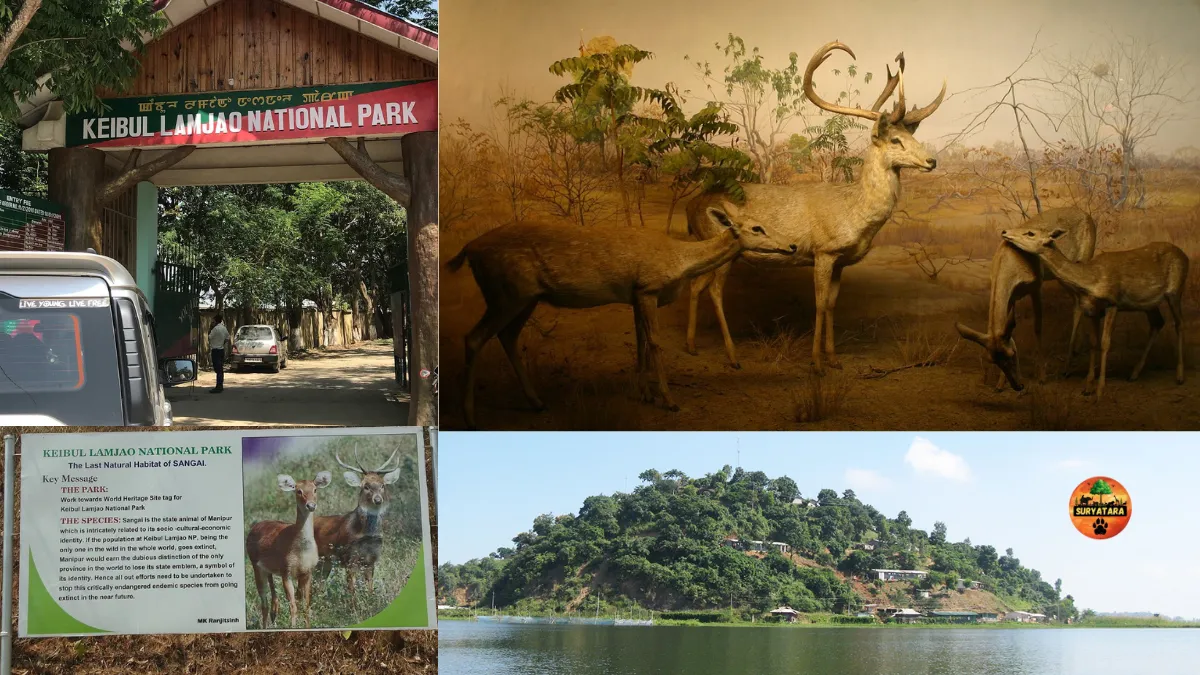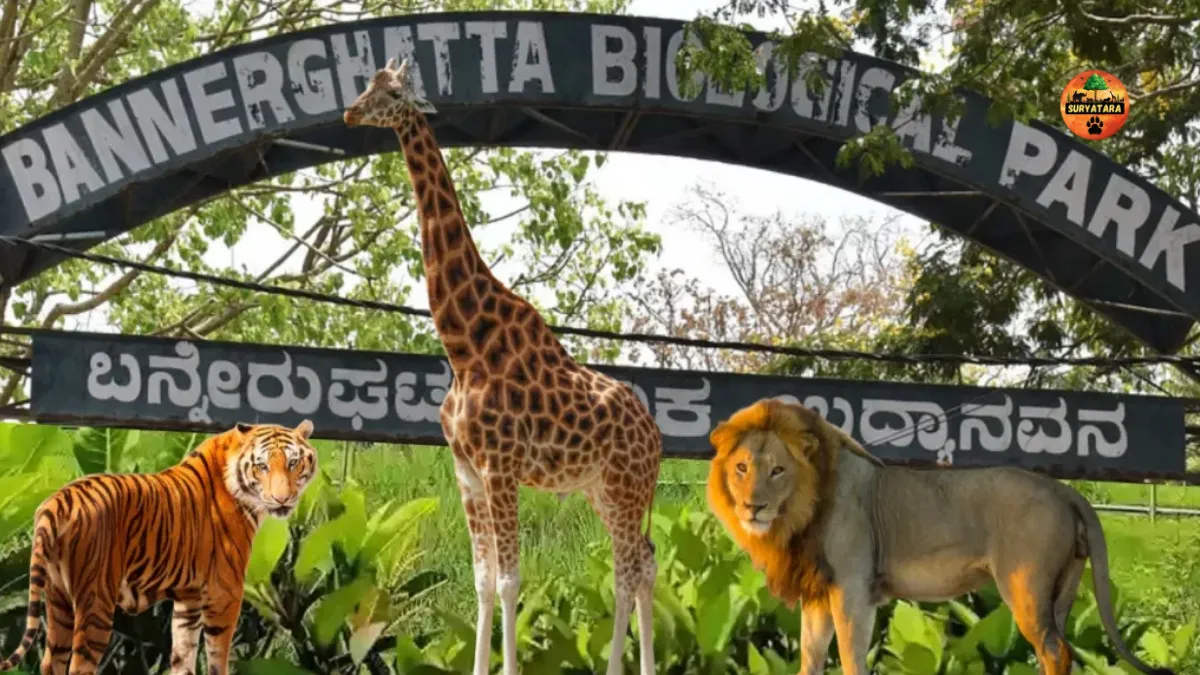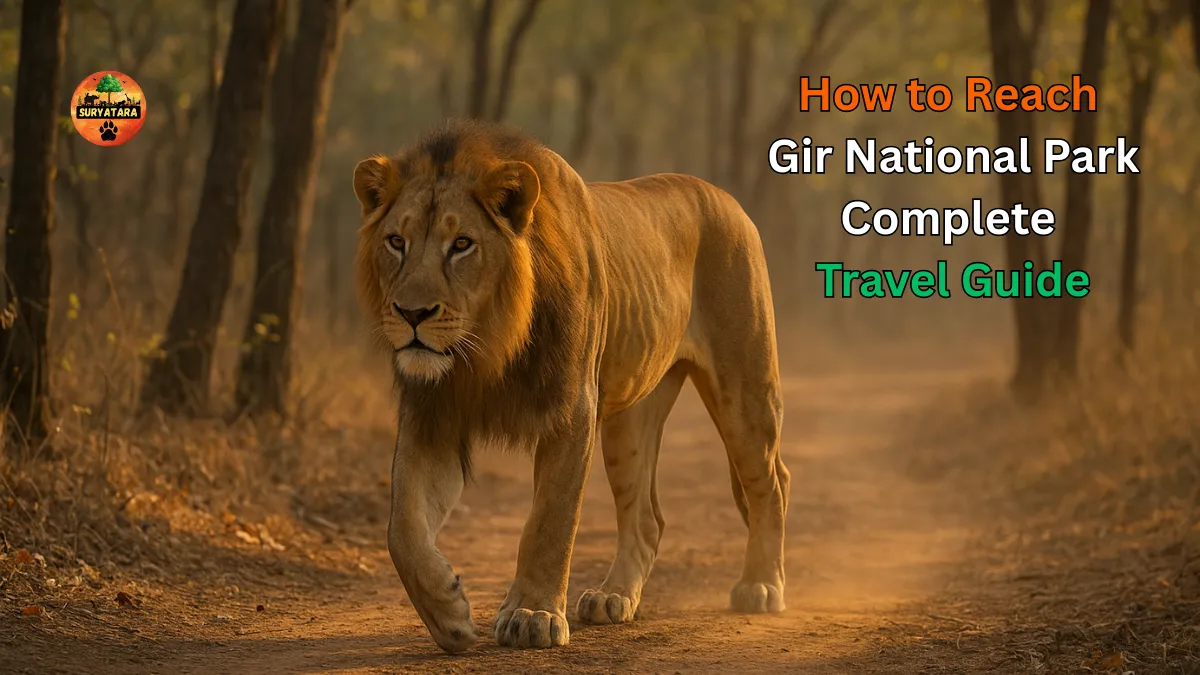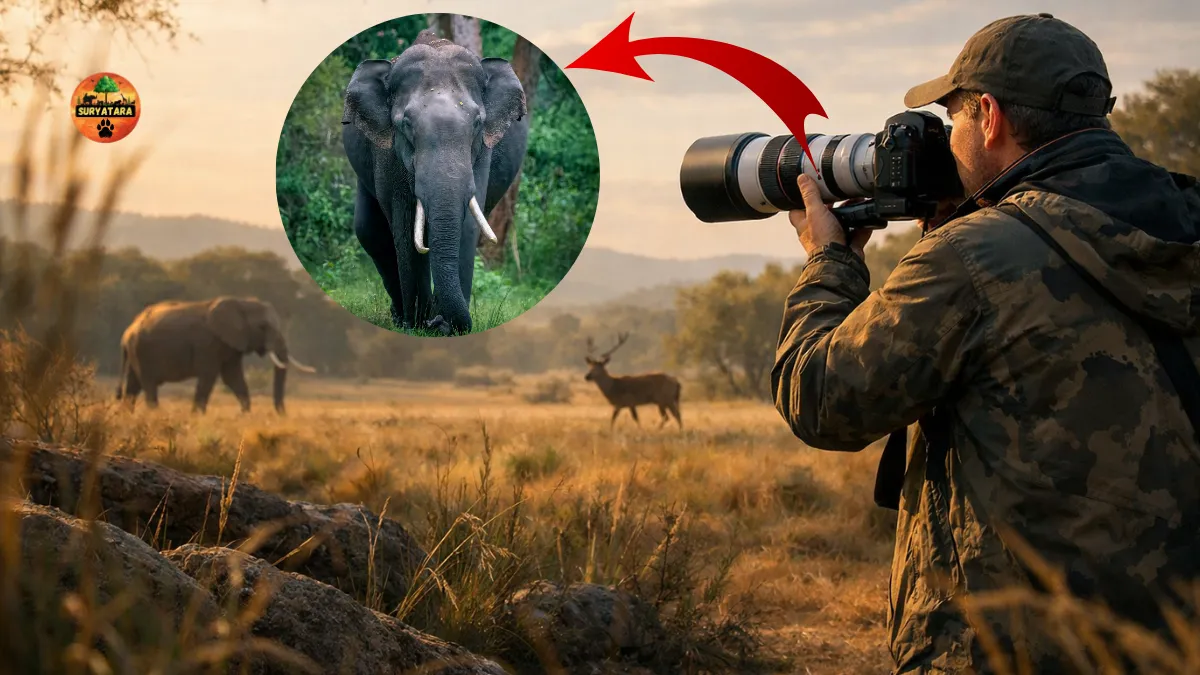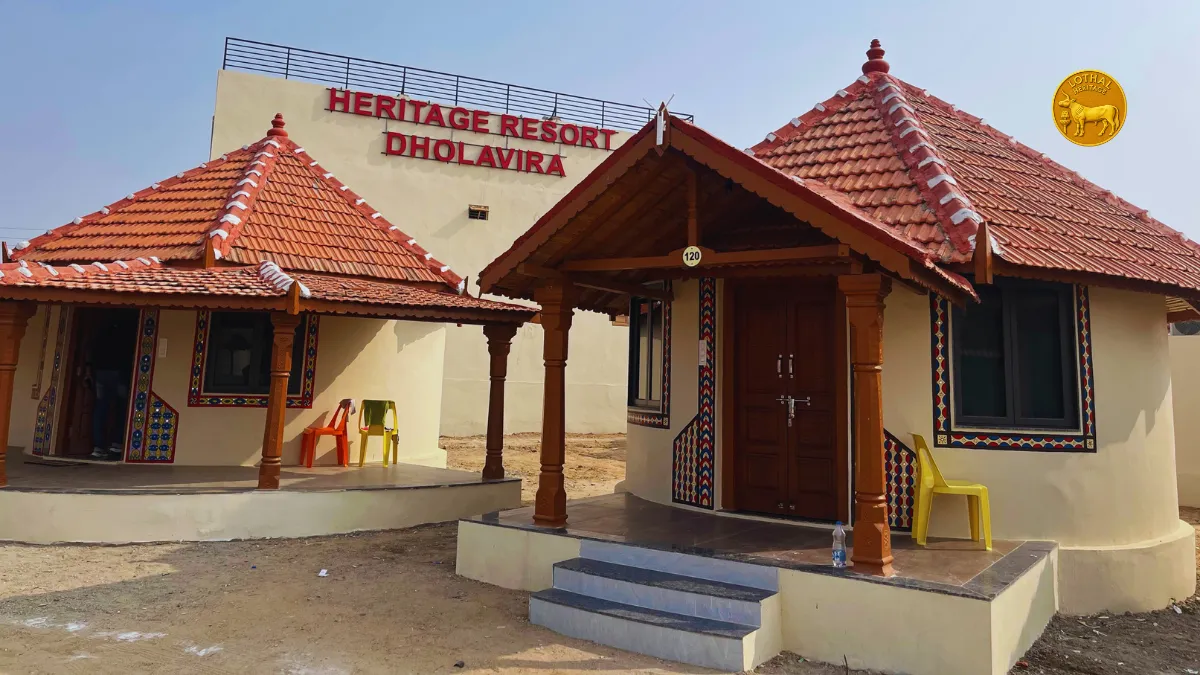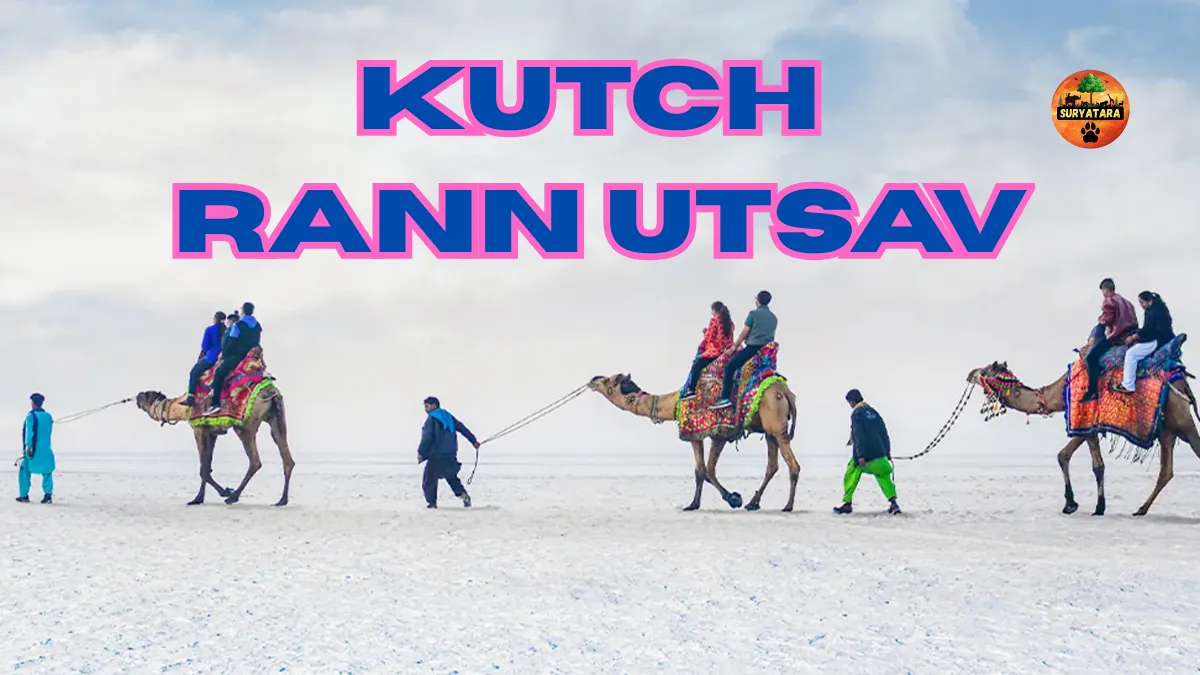Keibul Lamjao National Park is a true natural wonder and one of the most unique wildlife sanctuaries in the world. Located in the Bishnupur district of Manipur, this park is famously known as the world’s only floating national park. Spread over an area of 40 square kilometers, Keibul Lamjao is not only a haven for rare wildlife but also a vital part of the ecological system surrounding the famous Loktak Lake.
Why Keibul Lamjao National Park is Special
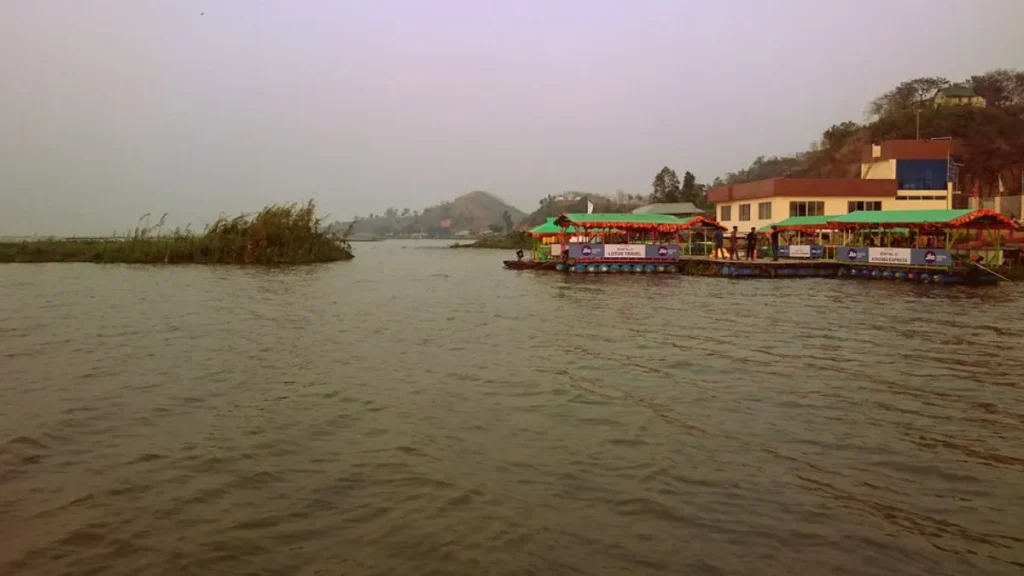
Keibul Lamjao National Park is globally recognized for being the last natural habitat of the endangered Sangai deer, also known as the dancing deer of Manipur. The park’s floating biomass, called phumdis, creates a unique ecosystem that supports a rich variety of flora and fauna. For wildlife enthusiasts, eco-tourists, and nature photographers, this park offers an experience unlike any other in India.
Best Time to Visit Keibul Lamjao National Park
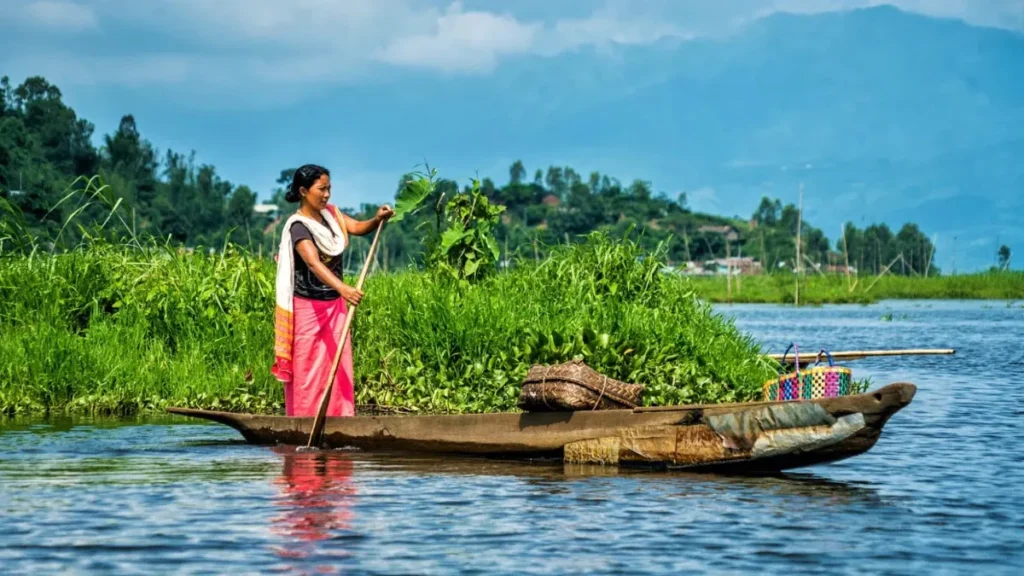
The best time to explore Keibul Lamjao National Park is between November and March, when the weather is pleasant, and wildlife spotting is at its peak. During these months, migratory birds also visit the park, making it a paradise for birdwatchers.
How to Reach Keibul Lamjao National Park
- By Air: The nearest airport is Imphal Airport, about 53 km away.
- By Road: Regular buses and taxis are available from Imphal city to Moirang, which is close to the park.
- By Train: The nearest railway station is Dimapur, though Imphal is better connected by road and air.
Major Attractions Inside Keibul Lamjao National Park
1. The Sangai Deer
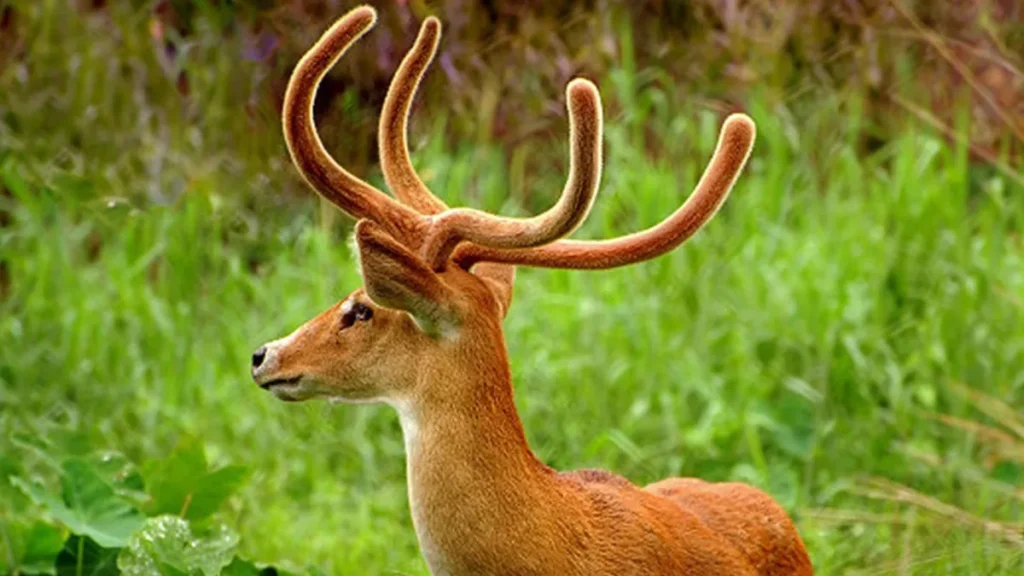
The star attraction of Keibul Lamjao National Park is the rare and graceful Sangai deer. Watching these elegant creatures move lightly on the floating grasslands is a sight to behold.
2. Birdwatching Paradise
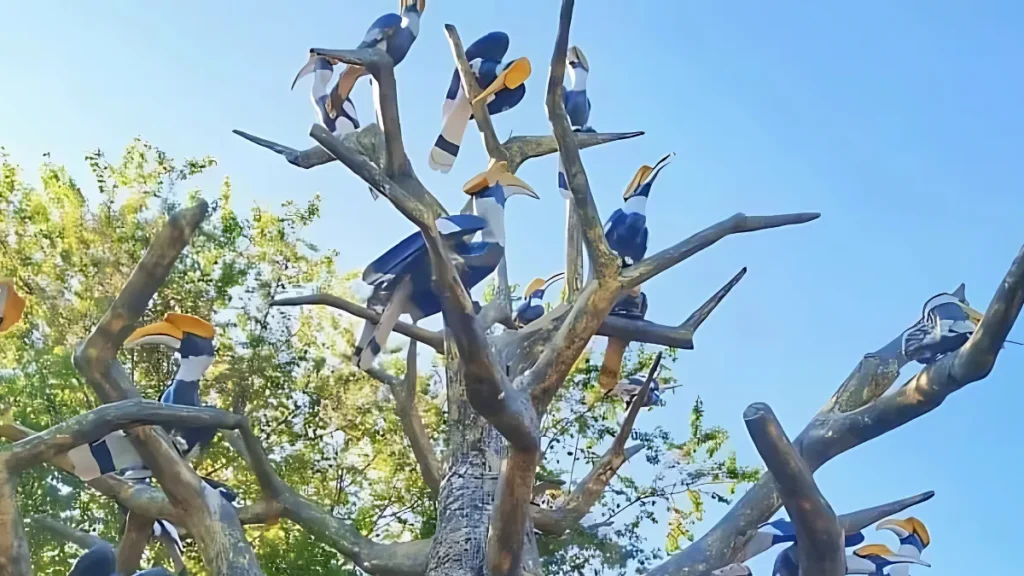
The park hosts several species of migratory and resident birds. Species like the East Himalayan Pied Kingfisher, Indian white-breasted waterhen, and black kite are commonly spotted.
3. Loktak Lake Views
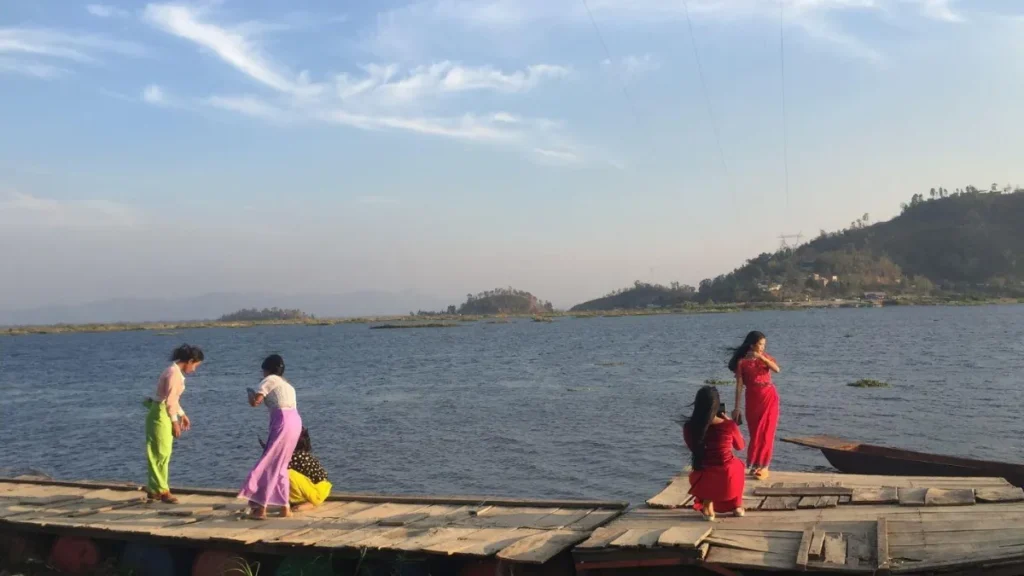
Since the park forms an integral part of Loktak Lake, visitors get spectacular views of the vast lake and its floating islands while exploring the park.
Also read: Balphakram National Park: Wildlife, Travel Guide & Best Time to Visit Meghalaya
Quick Facts About Keibul Lamjao National Park
| Feature | Details |
|---|---|
| Location | Bishnupur District, Manipur |
| Area | 40 sq km |
| Famous For | Sangai Deer, floating phumdis |
| Best Time to Visit | November to March |
| Nearest City | Moirang |
| Activities | Wildlife spotting, birdwatching, photography |
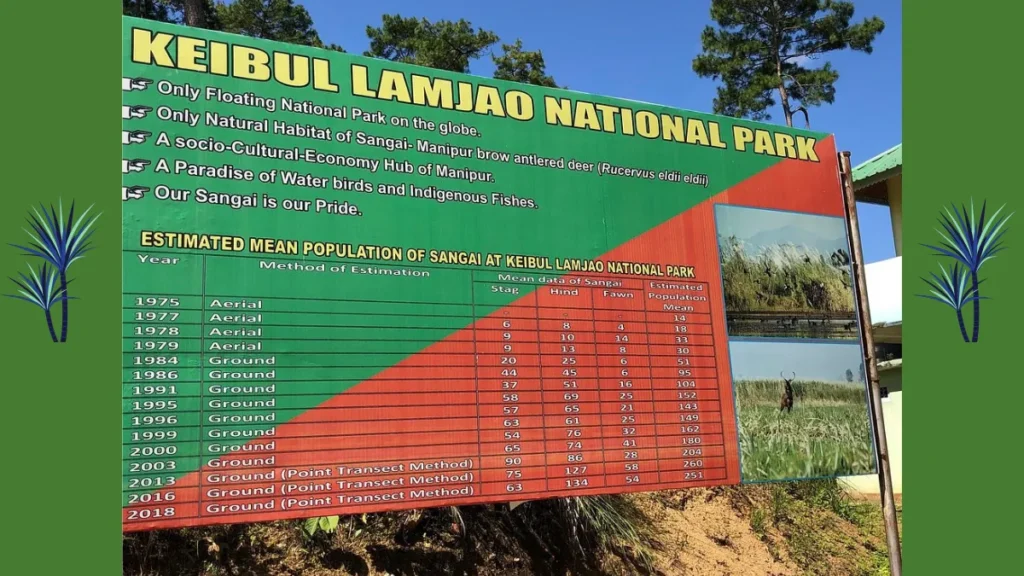
Tips for Travelers
- Always hire a local guide for a better understanding of the park’s ecosystem.
- Carry binoculars and a good camera for wildlife and bird photography.
- Avoid visiting during the monsoon (June to September) as the area gets heavy rainfall.
Also read: Assam State Zoo and Botanical Garden: A Complete Guide for Nature Lovers
Final Thoughts
Keibul Lamjao National Park is not just a tourist spot; it is a symbol of Manipur’s rich ecological heritage. Its unique floating ecosystem and the rare Sangai deer make it a must-visit destination for anyone exploring Northeast India. Whether you’re a wildlife enthusiast or a nature lover, a trip to Keibul Lamjao National Park will leave you with memories that last a lifetime.
